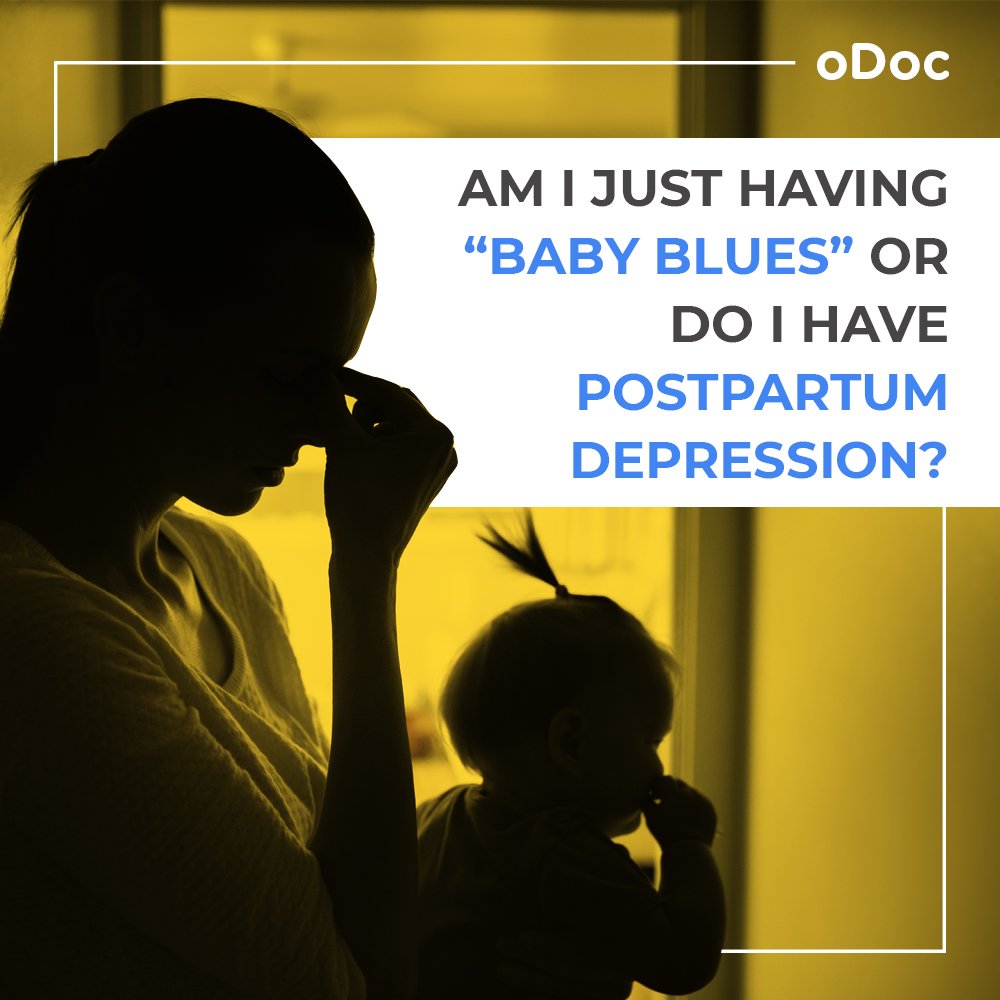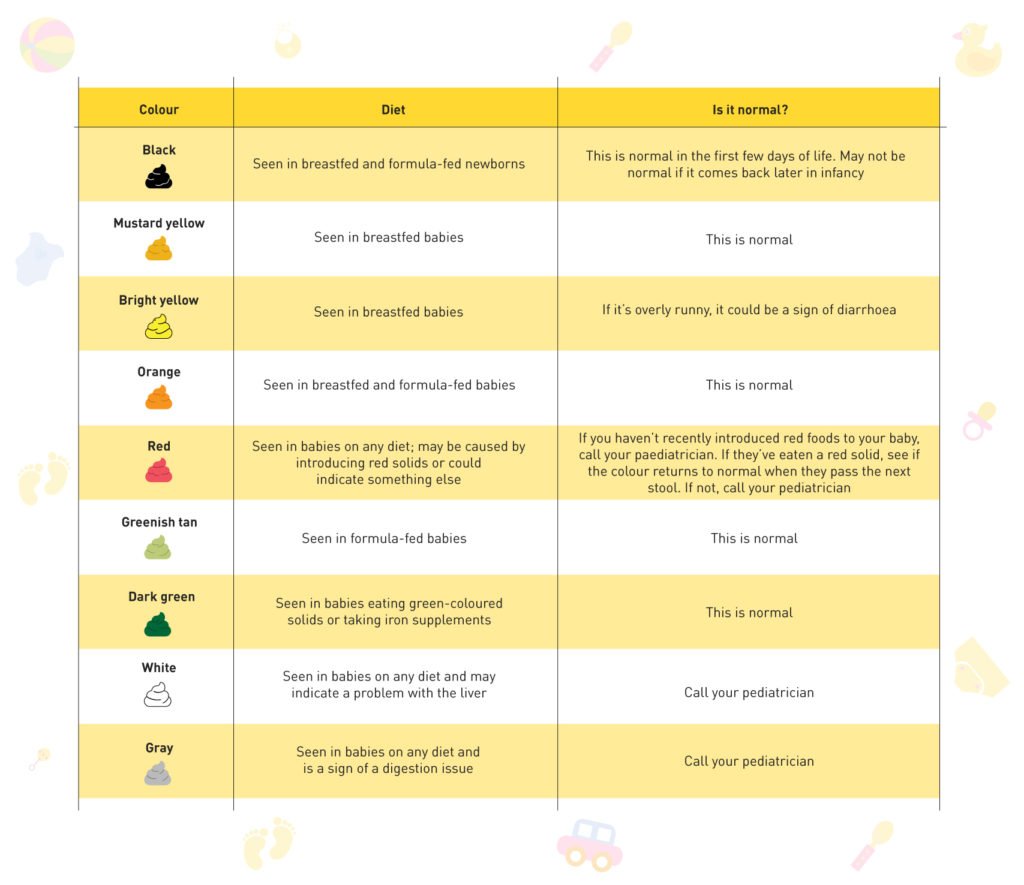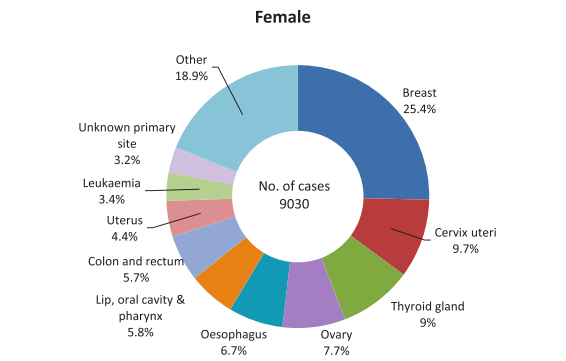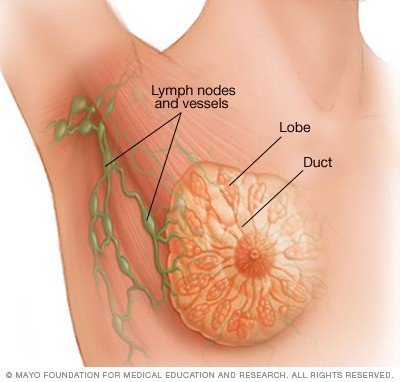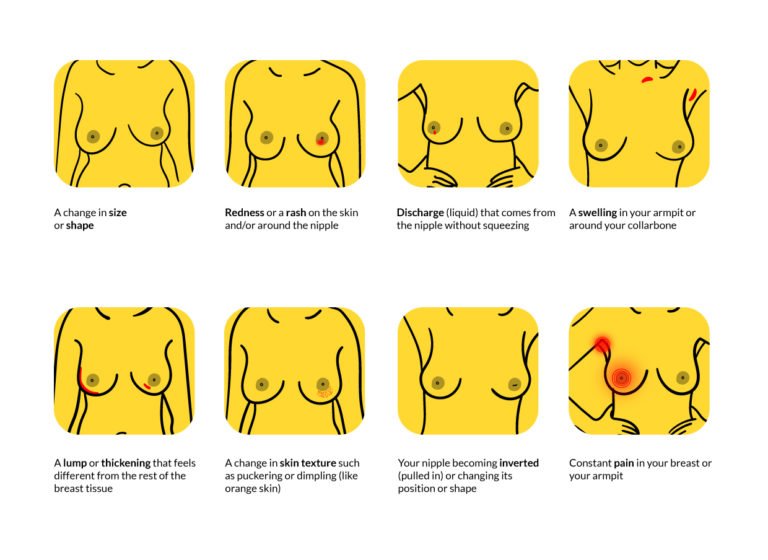Am I Just Having “Baby Blues” Or Do I Have Postpartum Depression?
You’ve just given birth. You’ve created a new life. Your body and mind have gone through a huge transformation over the last nine months. And now you have this whole other tiny human being that you need to care for and nurture. Obviously, you cannot go back to regular scheduled programming and you shouldn’t have to!
Even if you’ve been waiting so long for your baby and it is everything you’ve ever wanted and dreamed about, you are still bound to feel overwhelmed, emotional and maybe even moody. Let us shout it from the rooftops: THIS IS COMPLETELY NORMAL AND VERY COMMON FOR NEW MOTHERS.
Postpartum “baby blues” are extremely common. You’re operating on very little sleep, your hormones are on a rollercoaster, you’re adjusting to the realities of parenting a new baby so it’s no wonder you’re experiencing mood swings!

But still you might be worrying about whether it is normal to feel this way. You might be wondering if this low feeling will go away in a few days or if you have something more serious, such as postpartum depression.
Symptoms of “baby blues”
- Anxiety
- Irritability and grumpiness
- Exhaustion
- Feeling joy and happiness one minute and then sadness the next
- Unsure of your ability to take care of your baby
- Trouble eating and taking care of your own health
How long are “blues” expected to last?
One important distinction between the “baby blues” and postpartum depression is that the “baby blues” are temporary. You are most likely going to experience “blues” for the first few days after giving birth. Symptoms that last more than two weeks might signal that you could have potentially developed postpartum depression and it is time to have a discussion with your doctor.
Symptoms of postpartum depression
- Anger and irritability
- Extremely low energy and wanting to sleep all the time
- Feeling numb and disconnected from the people around you
- Feeling you’ve failed as a mother
- Thoughts of self-harm and thoughts of harming your baby
- Crying excessively
- Trouble bonding with your newborn
Postpartum depression does share many of the same moodiness as “baby blues” but symptoms are usually more intense and disturbing.

Treatment for “baby blues”
Just because postpartum blues are very common doesn’t mean it’s easy to go through. Here’s what you can do to cope.
- Assure yourself that what you’re feeling is completely normal and is experienced by all new mothers
- Sleep as much as you can, which means sleeping when the baby is sleeping, or having your partner or family member look after the baby for an hour while you nap
- Eat healthily and regularly
- Exercise can do wonders! Even if its just a walk outside.
- Talk about what you’re going through with loved ones or other mums
- Don’t be hard on yourself if you don’t have the energy to do housework or other chores. You just had a baby!
Treatment for postpartum depression
If your baby “baby blues” don’t ease up after 2 weeks or if you’re experiencing symptoms of postpartum depression, don’t wait till your next check up with your doctor. Get in touch right away.
You may feel ashamed or embarrassed that you’re feeling this way, especially after this magical thing has happened in your life but you’re not alone with these feelings. 1 in 5 women experience postpartum depression after childbirth. Your doctor may recommend medication and/or therapy. You can also make healthy choices in your lifestyle such as:
- Talk to people you trust about what you’re going through
- Cut back on other errands. Use your energy to take care of basic needs for you and your baby
- Build community by speaking to other mothers, joining a depression support group or just reach out to trusted friends and family. Fight isolation.
- Rest whenever you can. Reach out to close friends and family to take the baby shift so you can sleep for a few hours. This does not mean defeat.
Causes of postpartum depression
The exact cause isn’t clear but experts say that postpartum depression may be triggered by both physical and emotional factors.
- Hormonal changes – While you’re pregnant, your levels of estrogen and progesterone are higher than usual. After you give birth, these hormone levels drop significantly. Such a drastic change in hormones can contribute to postpartum depression.
- Sleep deprivation
- Not eating meals at regular hours or eating an unhealthy diet
- Social isolation
- Underlying medical conditions
- Alcohol and drug abuse
Risk factors of postpartum depression
Any new mother can experience postpartum depression after childbirth, even if its not their first baby. However, your risk increases if:
- You have a history of depression
- You’ve had postpartum depression after a previous pregnancy
- You’ve had family members who’ve had depression or other mood disorders
- You’ve experienced stressful events recently
- You have difficulty breastfeeding
- You have a weak support system
- The pregnancy was unplanned or unwanted
Speak to a doctor on oDoc if you think you might be having the above symptoms. This is a judgement-free zone where your doctors will NOT shame you and will only help you to feel better. Click here to download the app.
References:
- Is It Postpartum Depression or ‘Baby Blues’?, 2021, WebMD
- Do I have Postpartum Blues or Postpartum Depression, 2020, VeryWell Family
- Everything You Need To Know About Postpartum Depression, 2016, Healthline
Similar Articles...

Menopause Brain Fog is real: A Simple Guide with Symptoms and Treatment
Menopause Brain Fog is real: A Simple Guide with Symptoms and Treatment Women in their 40s and 50s who are just entering the end of

All you need to know about Gestational Diabetes
Did you know that gestational diabetes mellitus, also known as GMD, is one of the most common medical complications of pregnancy? What is GMD? Why

Endometriosis
Endometriosis No woman looks forward to “that time of the month.” Dealing with nausea, stomach cramps, mood swings, back pains and fatigue, all whilst facing
